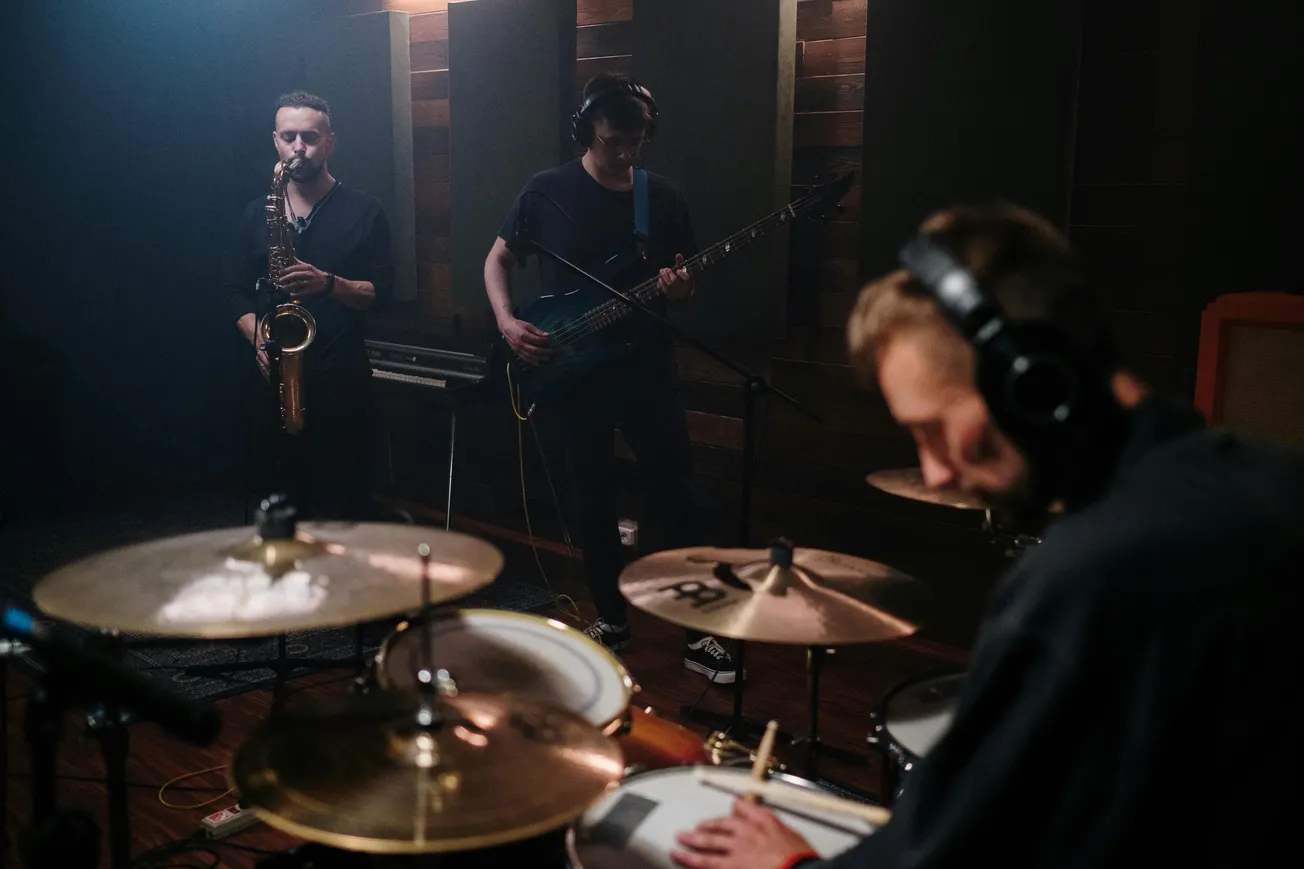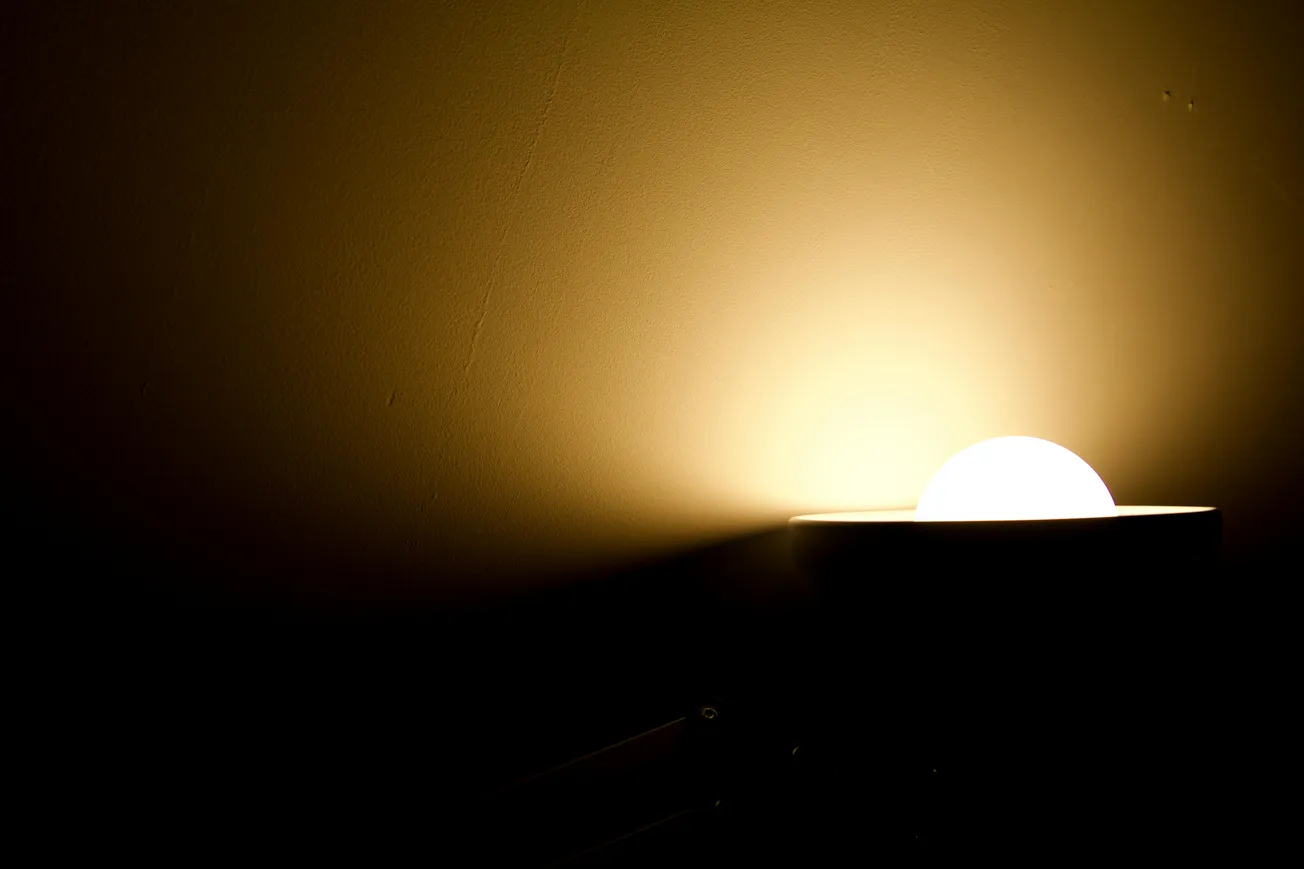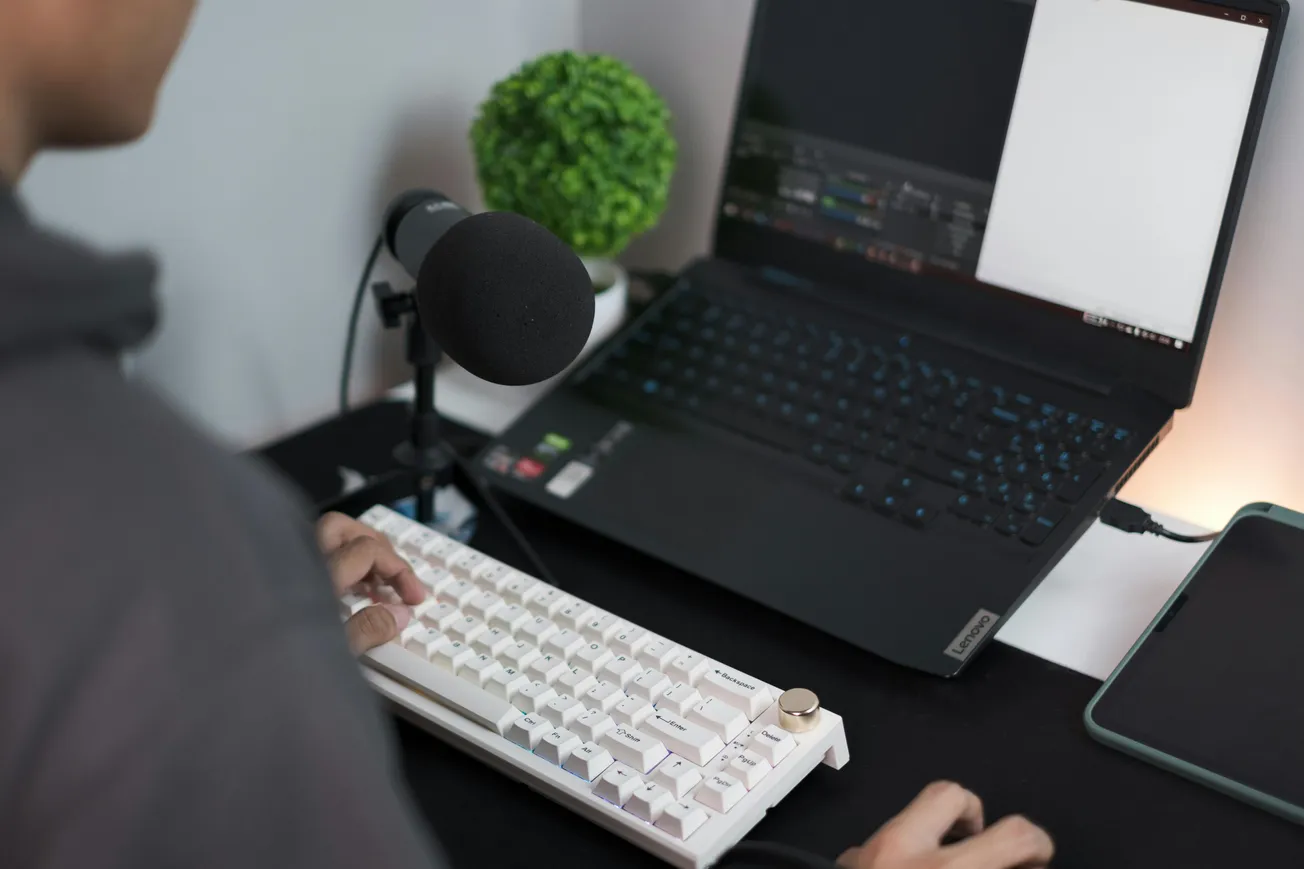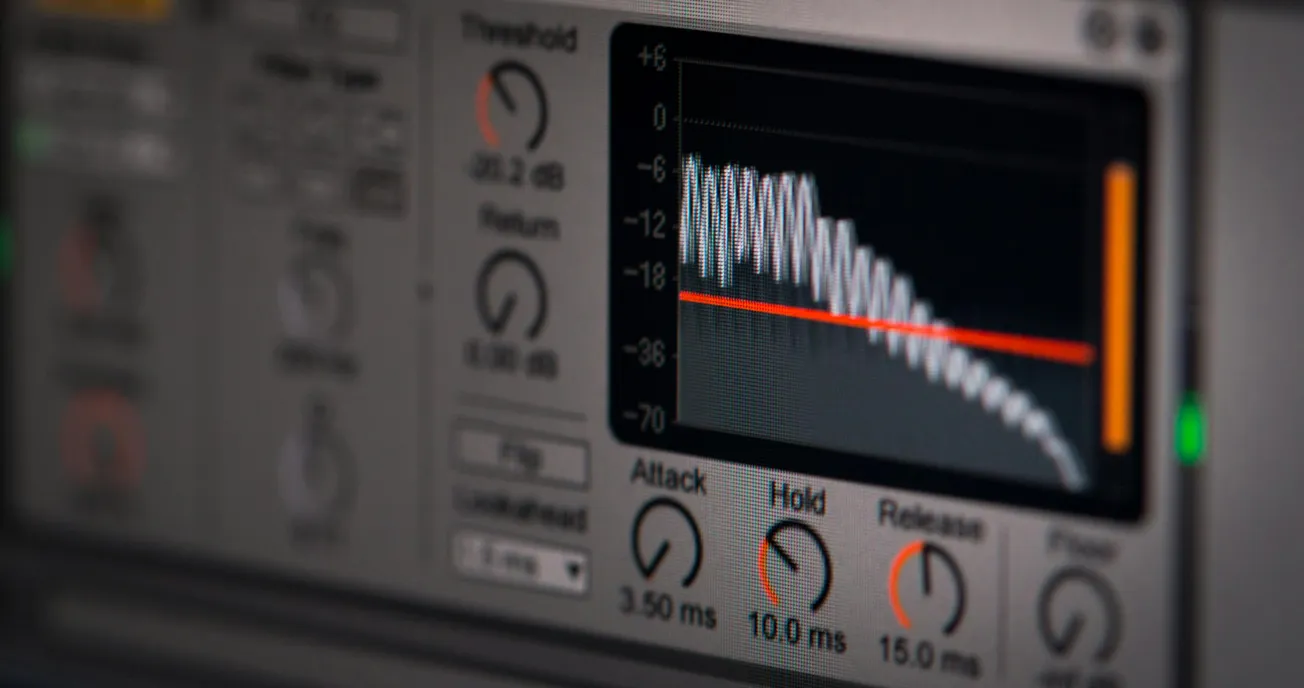As the demand for high-quality sound production continues to grow, the importance of a well-designed music studio interior has never been clearer.
Modern music studios serve not just as functional workspaces, but also need to inspire creativity and foster collaboration among musicians.
Optimal Layout and Functionality
When it comes to music studio design, layout is key. An effective studio layout should consider the workflow of musicians and producers.
Typically, professional studios isolate recording areas, mixing rooms, and control rooms. This division reduces noise interference while enabling concentrated task execution, essential in a high-performance setting.
Incorporating Acoustic Treatment
Acoustic treatment is crucial in any recording environment. Proper materials can drastically enhance sound quality. Utilize acoustic panels, bass traps, and diffusers as necessary:
- Acoustic Panels: These absorb sound waves, minimizing echoes.
- Bass Traps: Essential for controlling low-frequency sounds.
- Diffusers: These help scatter sound waves to create a more natural reverberation.
Strategically placing these elements can lead to a more balanced mix and a highly professional recording output.
Modern Aesthetic Choices
Beyond functionality, the aesthetic of a studio impacts the creative process. Recent trends show a shift towards minimalistic designs paired with high-tech equipment. Here are some ideas:
- Color Scheme: Neutral tones paired with vibrant artwork can energize the space.
- Lighting: Adjustable studio lighting creates varying moods and enhances the working environment.
- Furniture: Comfortable yet stylish furniture encourages longer working hours without fatigue.
Examples of Inspiring Designs
To illustrate, consider the following renowned studios:
- Ocean Way Nashville: Known for its sublime acoustics and warm wood finishes.
- Electric Lady Studios: Celebrated for its creative vibe, influenced by its vibrant artwork and decor.
These studios not only serve their purpose effectively but also inspire those who work within them.
Next Steps for Aspiring Studio Designers
If you’re looking to establish a music studio of your own, prioritize the balance of functionality and creativity in your design. Anticipate the needs of your musicians and producers, and don’t shy away from integrating unique artistic elements into the decor.
In conclusion, a thoughtfully designed music studio not only optimizes production quality but serves as a sanctuary for creativity.










